Tien Hoa communal house is hundreds of years old.
The history of the formation and development of the communal house has spanned hundreds of years with many ups and downs and fluctuations. The communal house was built with the initial function of a rest stop along the road. By the Later Le Dynasty, the communal house had developed in many localities with different functions. From the purpose of being a meeting place for local people, gradually rituals, spiritual ceremonies and many cultural and artistic activities were also held here. On the journey spanning hundreds of years, the communal house converged and deposited many historical and cultural values that were both unified and had their own characteristics associated with each era, each locality and community.
Following the ancient communal house imprint, to the "noble land" Gia Mieu Ngoai Trang (now Gia Mieu village, Ha Long commune), visit the Gia Mieu communal house which is hundreds of years old. The wheel of time turns back to the year 1802, after defeating the Tay Son dynasty, Nguyen Anh ascended the throne, took the reign name Gia Long, established the Nguyen dynasty, and established the capital in Phu Xuan. Right from the beginning, in the midst of the chaos of politics, King Gia Long still had special affection and attention to the land where the ancestors of the Nguyen dynasty settled and made a living. For that reason, the king honored Gia Mieu Ngoai Trang as "noble land", Tong Son district as a noble district, built the foundation of Phuong Co, built the Trieu Tuong mausoleum - the burial place of Trieu To Tinh Hoang De Nguyen Kim, father of Lord Nguyen Hoang - the person who contributed to expanding our country's territory to the South. Along with that, the king built Gia Mieu communal house on a cool, airy land of nearly 400 square meters, protected by Trieu Tuong mountain range behind, surrounded by peaceful village and rice field scenery.
Gia Mieu Communal House has a relatively large scale with typical marks of Nguyen Dynasty architecture and sculpture. The Communal House is designed in the shape of a T, including the main hall and the sanctuary, with a large yard. The main hall is designed with 5 compartments and 2 wings, the roof is covered with fish-tail tiles, the ridge is elaborately decorated with the image of a dragon facing the moon. The edges are attached with strong, graceful hollow bricks of lemon flowers, spreading out to the 4 corners of the roof. On the top of these roof corners are embossed dragon heads, depicted with the neck reaching up high. The undulating flowers, the roof lines curve like waves, creating a feeling of gentle, delicate movement in the quiet spiritual space.
Not only beautiful in architecture, Gia Mieu communal house is also a place to display and preserve the delicate and elaborate carvings from the hands of talented craftsmen. From the roof trusses, beams, wind leaves, the ends of the beams, the rafter, the edges, the corners of the knife... and the carvings are unique touches. The main theme in the sculptures of Gia Mieu communal house is the four sacred animals and some animals close to human life that are sanctified.
In Thanh land - where the historical source and cultural quintessence of thousands of years have been deposited, communal houses account for a large number of the total 1,535 historical - cultural relics and scenic spots that have been inventoried and protected. Although the modern pace of life can obscure and erode many traditional cultural values, communal houses still have a strong vitality, both as a place to preserve the memories of traditional villages and communes, and as a hyphen connecting with the modern pace of life.
Tien Hoa communal house (Tong Son commune) has always looked up towards the gently flowing Bong Khe river. The temple worshiping Cao Son Dai Vuong - the village's tutelary god was built hundreds of years ago, and after many restorations and renovations, it still preserves many traditional architectural features. The communal house has 5 compartments with 6 rafters, structured in the style of overlapping beams and seven-section beams.
For the people of Tien Hoa village, the presence and vitality of the communal house have special meaning and value, and are a source of great pride. Stemming from that deep feeling and awareness, in the context of limited budget funding for relic restoration and embellishment activities, the people of Tien Hoa village have joined hands to contribute to preserving and promoting the value of the communal house through many activities such as: raising the foundation, replacing some columns and beams... due to termites or serious cracks, rebuilding the sanctuary on the old ground, inviting specialized units to handle termites at the communal house...
The love, spirit, responsibility, attitude, and efforts of the people of Tien Hoa village towards the heritage are precious, worthy of being praised and learned. Thanks to these small but practical and meaningful actions, they have contributed to preserving and promoting the function of the communal house. Now, Tien Hoa communal house is still a place where meetings are regularly held, discussing big and small matters of the village; a place for cultural and spiritual activities of the local people. The communal house yard is where activities such as singing cheo and playing human chess take place on holidays and New Year's Eve...
Traveling all over Thanh Hoa, the village communal house is an interesting stop for sightseeing, learning and exploring the history and cultural characteristics of the locality. And above all, the village communal house is always a cultural and religious institution, a symbol of community cohesion, an anchor for the soul of the countryside in the midst of contemporary life.
Article and photos: Thao Linh
Source: https://baothanhhoa.vn/ket-noi-qua-khu-voi-cuoc-song-hien-dai-256813.htm


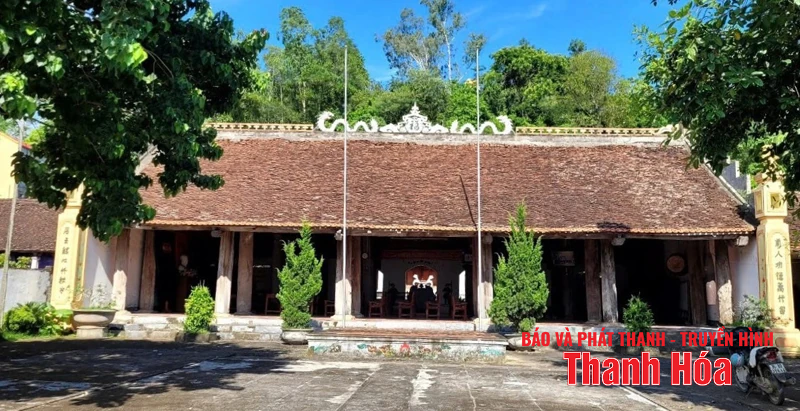






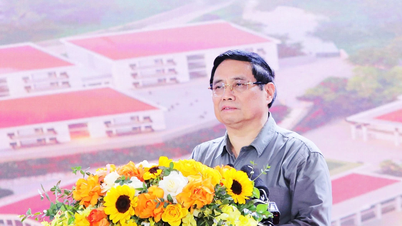

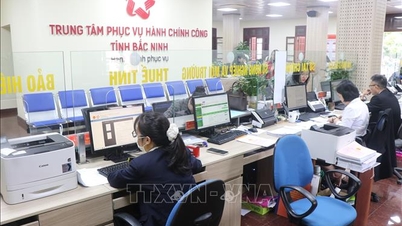







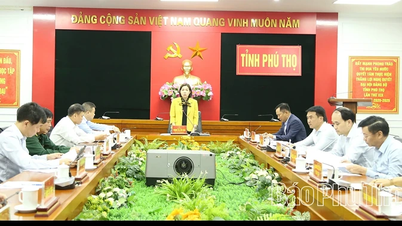

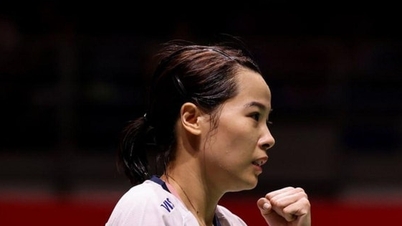

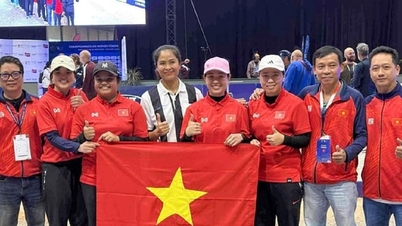





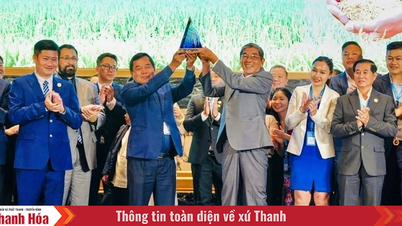




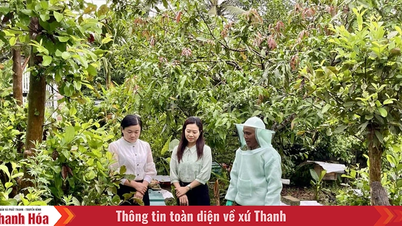
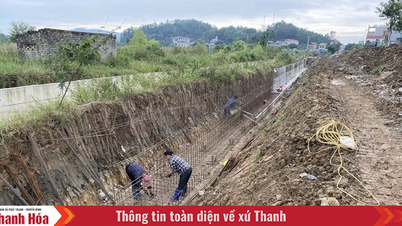


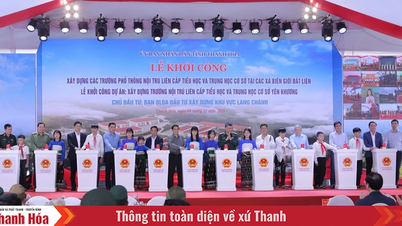
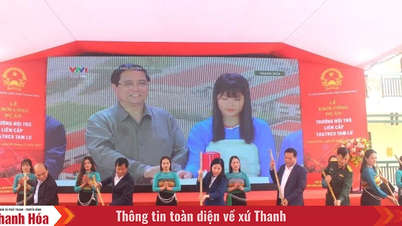






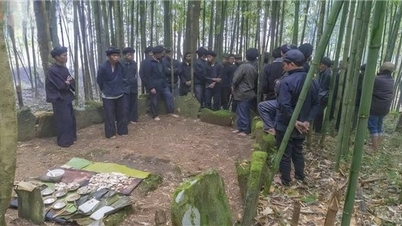






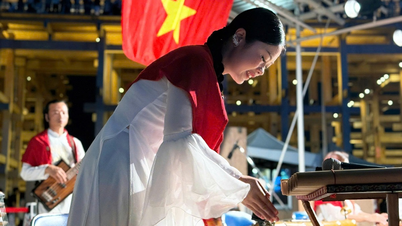

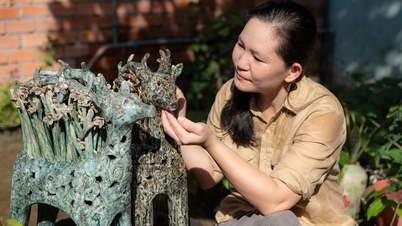

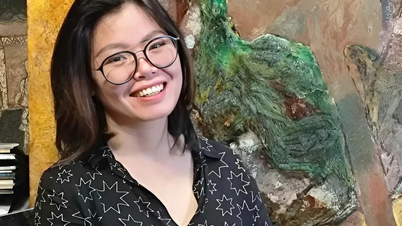


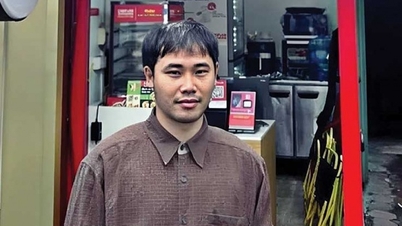



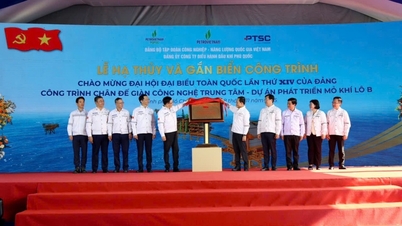












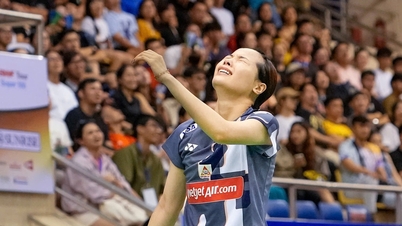


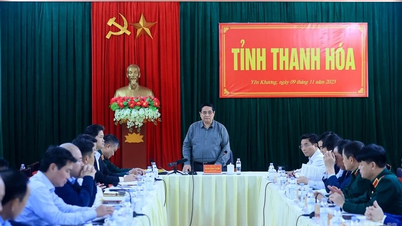




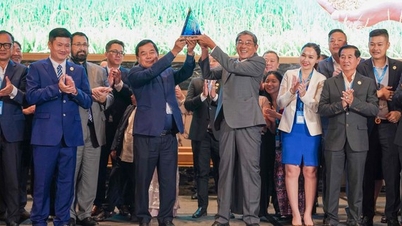


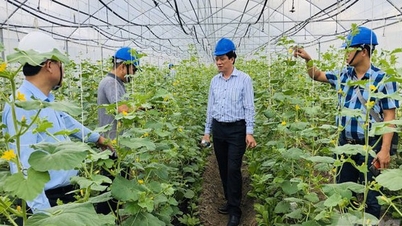
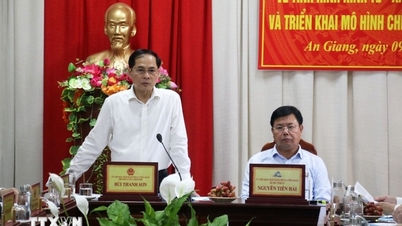



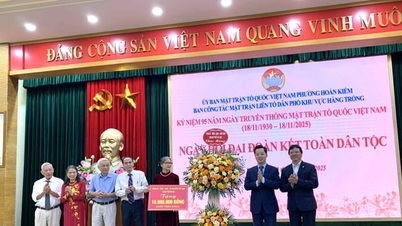


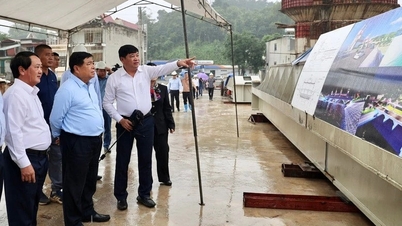













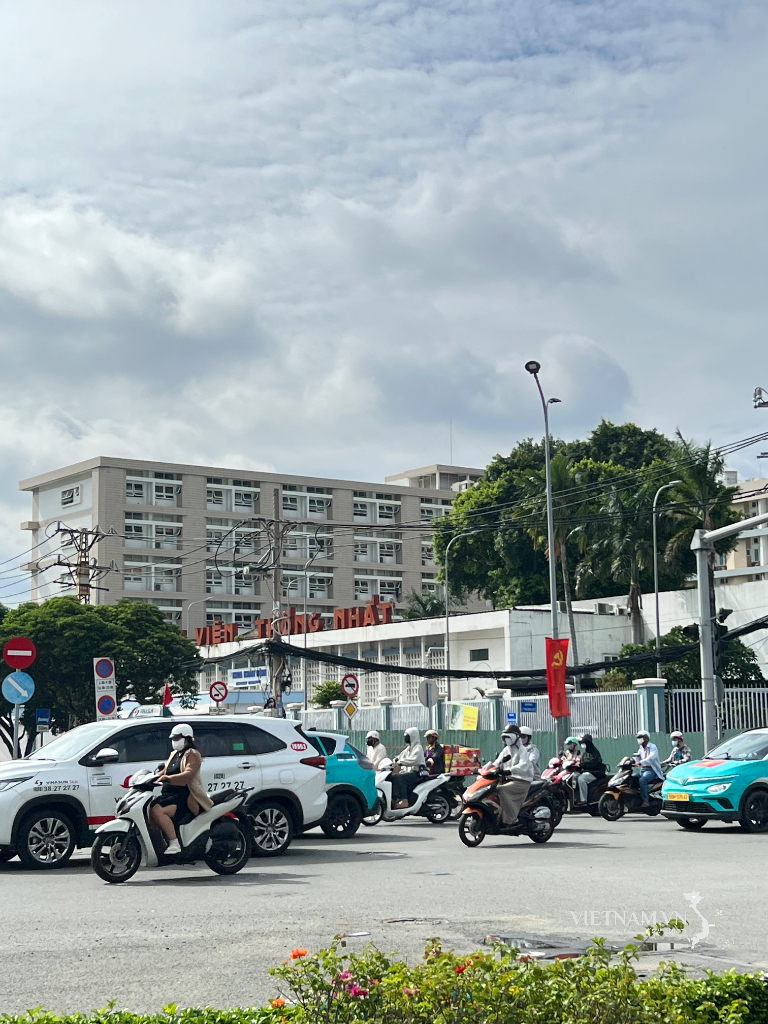


Comment (0)